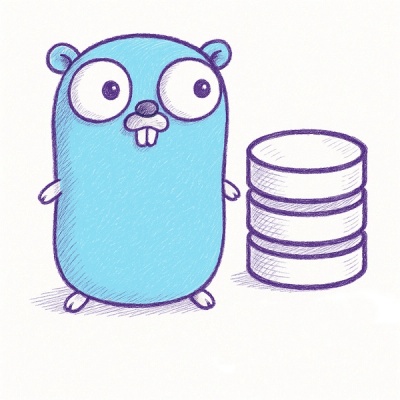
Security News
Browserslist-rs Gets Major Refactor, Cutting Binary Size by Over 1MB
Browserslist-rs now uses static data to reduce binary size by over 1MB, improving memory use and performance for Rust-based frontend tools.
@splice/angular-cli-wrapper
Advanced tools
Wraps Angular CLI in a loving stranglehold, and forces your Webpack config down its throat.
Install the package:
$ yarn add --dev @splice/angular-cli-wrapper
Initialize- this will create a default webpack-config.js file in your project root:
$ yarn run splice-ng init
Modify any scripts in your package.json that reference ng (eg. ng serve, ng build) with splice-ng (eg splice-ng serve, splice-ng build).
[TODO: This step will one day part of init]
Angular CLI Wrapper lets you use on-disk paths in the src attribute of img tags (and any other attributes of other tags that you configure in webpack-config.js). This means that references to images will be fingerprinted, and they'll respect the deployUrl setting instead of being relative to /.
Since the entire Webpack config is now available, you can feel free to modify it as needed for your particular application. Do be careful though- you don't want to do anything too crazy and run the risk of causing problems with Angular CLI.
Angular CLI Wrapper uses some Node Magic™ to hook into the module loading process and intercept the Angular CLI code responsible for loading Webpack configs. After the default config loading code runs, the entire configuration, along with the project's current build settings, are passed off to code in your application, providing you the opportunity to modify the Webpack config before the project is built.
The splice-ng init command generates a default webpack-config.js file that contains
one function, taking the existing config and build options, and returning a new config:
const merge = require('webpack-merge');
module.exports = function (originalConfig, buildOptions) {
let newConfig = merge.smart(originalConfig, {
module: {
rules: [
{ test: /\.html$/, loader: 'html-loader?-minimize&interpolate&attrs=img:src video:poster source:src' }
]
}
});
return newConfig;
}
The webpack-merge package is used which allows easy merging of Webpack configs without having to worry about unintentonally overwriting existing rules and settings.
FAQs
Splice wrapper for Angular CLI
The npm package @splice/angular-cli-wrapper receives a total of 6 weekly downloads. As such, @splice/angular-cli-wrapper popularity was classified as not popular.
We found that @splice/angular-cli-wrapper demonstrated a not healthy version release cadence and project activity because the last version was released a year ago. It has 3 open source maintainers collaborating on the project.
Did you know?

Socket for GitHub automatically highlights issues in each pull request and monitors the health of all your open source dependencies. Discover the contents of your packages and block harmful activity before you install or update your dependencies.

Security News
Browserslist-rs now uses static data to reduce binary size by over 1MB, improving memory use and performance for Rust-based frontend tools.

Research
Security News
Eight new malicious Firefox extensions impersonate games, steal OAuth tokens, hijack sessions, and exploit browser permissions to spy on users.

Security News
The official Go SDK for the Model Context Protocol is in development, with a stable, production-ready release expected by August 2025.